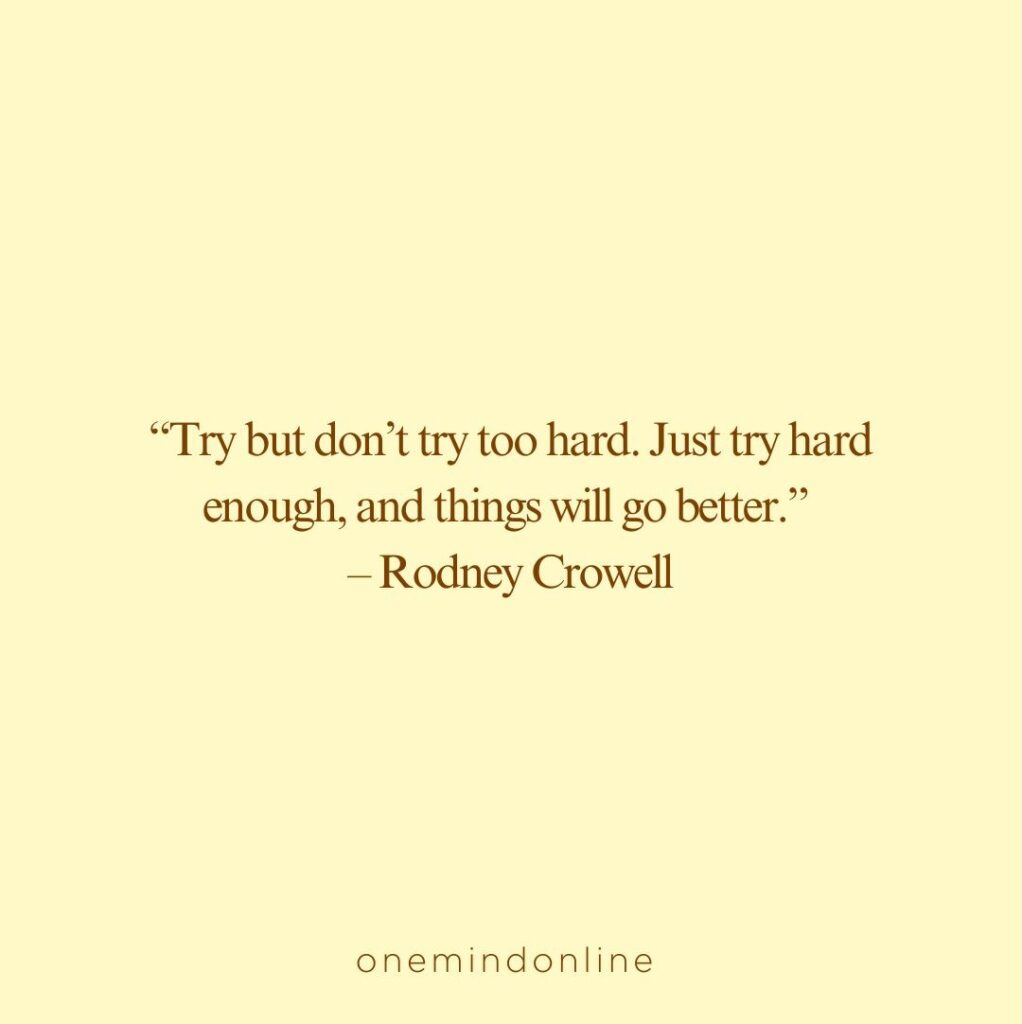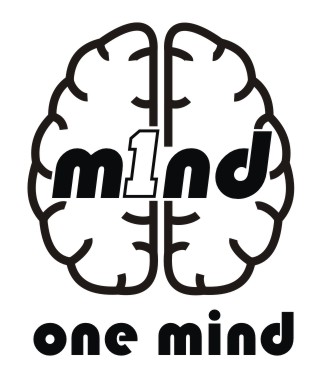
Need a little spark of inspiration? This article is a delightful 2-minute detour. But if you’re enjoying the scenic route today, our menu is packed with even more captivating landscapes to explore.
A message from today’s meditation:
It’s Monday! The week stretches before us, a fresh canvas ripe with possibility.
We often greet this new beginning with a surge of energy, a determined resolve to tackle our goals head-on. But could it be possible that sometimes the very intensity of our striving is what’s holding us back?
Today’s meditation nudges us to ponder a crucial distinction: is there a difference between genuinely “doing our best” and the exhausting act of “trying too hard”?
“Lightly child, lightly. It’s dark because you are trying too hard. Learn to do everything lightly.
Yes, feel lightly even though you’re feeling deeply. Just lightly let things happen and lightly cope with them. I was so preposterously serious in those days, lightly, lightly… it’s the best advice ever given me.
So throw away your baggage and go forward. There are quicksands all about you, sucking at your feet, trying to suck you down into fear and self-pity and despair.
That’s why you must walk so lightly. Lightly my darling.”
– Aldous Huxley
Of course we want to do our best – and so we should – but add stress and anxiety and frantic thinking into the mix, and soon our best effort turns into something that has become no more productive than stirring up mud while we splash about fearfully in our pond.
The truth is, there’s a world of difference between “doing your best” and “trying too hard.” While the former implies a dedicated effort fueled by passion, the latter feels strained, desperate, and ultimately counterproductive. Trying too hard creates a constricted space, one where we lose sight of the bigger picture and the creativity that often arises from a relaxed, open mind.
Perhaps in the past you’ve encountered the ubiquitous advice to “just try harder!” This well-meaning mantra might have served you well at times, but it overlooks the importance of finding balance.
“Nature does not hurry, yet everything is accomplished.” – Lao Tzu
“How to succeed: try hard enough. How to fail: try too hard.” – Malcolm Forbes
“Try but don’t try too hard. Just try hard enough, and things will go better.” – Rodney Crowell
“And when you try too hard, it doesn’t work. Try grabbing something quickly and precisely with a tensed-up arm; then relax your arm and try it again. Try doing something with a tense mind and see how much harder it is to think. The surest way to become Tense, Awkward, and Confused is to develop a mind that tries too hard – a mind that thinks too much.” – Benjamin Hoff
You can do your best without trying so damn hard. It’s a balance that we only find through experience. We have to feel and adjust… feel and adjust…
Become a bit softer while you’re busy trying. Breathe as you go. Take a little bit of time to step back and really see the space that exists around you.
Finding the sweet spot between effort on the one hand, and ease on the other, is an ongoing journey. The good news is, it’s entirely possible to learn how to excel without feeling like you’re constantly pushing uphill.
Here are a few thoughts to keep in mind:
- Do your best, but release the need to control. Focus on the process, not just the outcome.
- Embrace a growth mindset. Challenge yourself, but allow room for mistakes and learning.
- Practice self-compassion. Acknowledge your efforts and celebrate your progress, big or small.
- Find lightness in your approach. Humor, playfulness, and a sense of ease can open doors to creativity and success.
- Take a breath. Stepping back, even for a moment, allows you to see the situation with fresh eyes.
Remember, “lightly, lightly” doesn’t equate to laziness. It’s about working smart, not just hard. It’s about finding the rhythm that allows you to shine brightly, effortlessly. So, take a deep breath, release the tension, and step into your week with effortless action. You’ve got this!
– pierre –
Today’s LIVE meditation is: Jumpstart the week!
A moment of reflection
(If you have the time, use this question as a journal prompt, because whenever you put pen to paper you’re wiring the neural pathways that create your new habits. But if you don’t have the time, just take a moment to reflect on your response.)
The article emphasizes the distinction between “doing your best” and “trying too hard.” How do you personally define these two states? What does “doing your best” feel like in your body and mind, compared to “trying too hard”? Consider a current goal you’re working towards – are you operating from a place of simply doing the best you can, or does it feel more like you’re splashing without making progress? What might be signs of this strained effort (e.g., increased anxiety, decreased productivity, feeling overwhelmed)?
Today’s LIVE meditation







Q&A for deeper learning
Q 1. What is the main message of today’s meditation?
The main message is that while striving to do our best is important, trying too hard can actually hinder our progress. Approaching life with a sense of lightness—balancing effort with ease—leads to greater clarity, creativity, and success.
Q 2. How can “trying too hard” become counterproductive?
When we try too hard, we add stress, anxiety, and frantic energy to our efforts. This constriction clouds our thinking, stifles creativity, and makes our work less effective—much like stirring up mud in a clear pond.
Q 3. What is the difference between “doing your best” and “trying too hard”?
“Doing your best” involves focused, passionate effort that feels natural and open, while “trying too hard” feels forced, tense, and desperate, often leading to exhaustion and confusion rather than real progress.
Q 4. Why is “walking lightly” emphasized in the meditation?
Walking lightly—emotionally and mentally—helps prevent us from being trapped in fear, self-pity, and despair. It allows us to move through challenges with resilience and maintain a healthy, spacious mindset.
Q 5. What practices can help balance effort and ease?
Practices include focusing on the process (not just the outcome), embracing a growth mindset, practicing self-compassion, bringing humor and playfulness into your efforts, and taking time to pause and breathe when feeling overwhelmed.
Q 6. Is approaching life lightly the same as being lazy?
No, approaching life lightly is not about laziness. It’s about working smart rather than just working hard. It’s about maintaining ease and flexibility in your actions while staying committed to your goals.
Q 7. How can I remind myself to stay light while pursuing goals?
You can remind yourself by pausing regularly to breathe, stepping back to gain perspective, celebrating small wins, and repeating gentle affirmations like “lightly, lightly” to encourage a balanced and joyful approach to your work.
